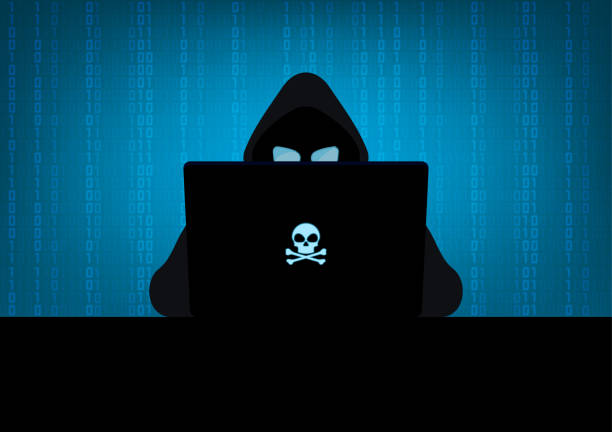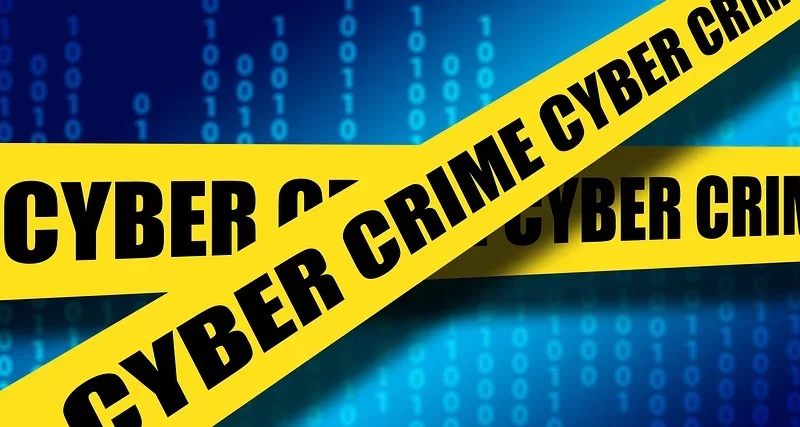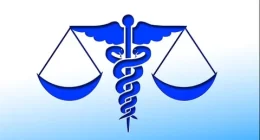What is computer crime?
Computer crime has been defined in many different ways such as, “those acts where there is a direct involvement of computers to commit the crime”.
The UK Audit Commission has defined computer fraud as, “any fraudulent behaviour connected with computerization by which someone intends to gain dishonest advantage.” ‘Cyber Forensics’ is term related with computer crime that deals with discovery, analysis and reconstruction of evidence from computer systems, networks, media and peripherals, to enable the investigators to solve the crime.
More broadly computer crime is a crime committed by any person who maliciously accesses, alters, deletes, damages or destroys any computer system, computer network, computer programme or data.
Computer crime are committed either to steal money, services, property, extortion, information, terrorist Act etc.
Who commits computer crime?
The computer crimes are generally committed by well-educated skilled professional, well respected at the workplace and in the community, and have no criminal behaviour or previous criminal record. They are committed by skilled professionals with the intention of pecuniary gain or motivated by excitement and thrill of the knowledge, or even to demonstrate that computer can be abused to commit fraudulent acts with impunity.
A new breed of hackers’, who are skilled young professionals, are known to penetrate web sites to break, destroy, alter or steal files, programmes, codes etc., as a challenge to carry out crime, either for excitement or for monetary considerations. Recently Maharashtra police website was targeted by hackers. It is reported that the hackers had their own website with hacking tools. The web site also displayed the message, “we hack, we teach, we make history, we are the analyzers”. Computer crime need not have a scene, and have no limitations of boundary either.

Classification of computer crime
Computer crime can be classified into three broad categories namely.
(1) Physical crime.
(2) Data related crime.
(3) Software related crime.
(1) Physical crime: This type of crime may involve tampering or destruction of computer and its peripherals with a view to harm the user or potential competitor. It may also involve theft of computers and peripherals like any other property crime.
(2) Data related crime:- Crime related to data can be categorized further as follows:
(a) Data diddling This type of crime any involve alteration of data to provide undue advantage to a particular person.
(b) Data leakage:- This involves copy of data on any media for unauthorized usage or even to blackmail individuals or organizations.
(c) Data spying-With the use of Modems and home computer, get access to network computer installations by using legitimate password, or even breaking the password. The data having accessed, may be used for monetary gains or for any malicious intention.
(d) Data scavenging:- The unscrupulous employees may resort to reuse left over programmes, files and data, after authorized computer processing, to serve their personal benefit.
(3) Software related crime:- Several methods of software related crime have been identified. Some of them have been detailed below:
(a) Software piracy-System and application software of branded company may be copied or stolen in an unauthorized manner.
(b) Time bomb (Logic bomb):- An employee before leaving an organization may write a programme to erase or alter files or specific area of the programme and data, which may trigger off at the specified time and date.
(c) Trojan horse:- Though the computer programme may be apparently useful, hidden instructions may be added into the programme for the purpose of gain, sabotage or just for fun.
(d) Virus- A programme is attached to other programmes which may replicate in the system and occupy disk space or memory. The virus code may keep infecting programmes after programmes.
Innumerable strains have been encountered over the years. Anti-virus programmes have also been developed to protect the computer systems from getting infected by virus. The virus may be developed to change file allocation table, alter the boot sector, alter programmes and files, display inappropriate messages etc.
(e) Salami logic:- It is a means adopted to steal small amount of assets from a large number of sources particularly, in banking transactions, without affecting the balance of amount.
(f) Trap door-A programme which offers access to one or more persons, to enable them to carry out modifications as and when required, could be misused by one or more of them with dishonest intention.
(g) Super zapping:- Using certain utility programmes provided in the computer software to bypass all system controls, one can facilitate modification or disclosure of any of the contents of the computer.
Most of the computer crime is committed either for theft of money or theft of services. Some commit crime for stealing information, alteration of data, extortion, damage to software or hardware etc. Studies have revealed that persons committing crime of this nature fall in the age group of 15 to 35 years. 5. Computer crime prevention measures
Some of the steps that may be taken to prevent computer crime have been mentioned below:
(1) Establishing a secure computer center.
(2) Limited access to computer programmes, operations and data.
(3) Establish procedures for back up of data files and programmes
(4) Change access code and ID of the user at frequent intervals,
(5) Maintain log of computer users.
(6) Provide adequate fire prevention measures.
(7) Keep reliable and trustworthy staff to manage the center and rotate their job tasks periodically.
(8) Fix responsibility for computer security amongst the staff.
For more updates, subscribe to our blog.






